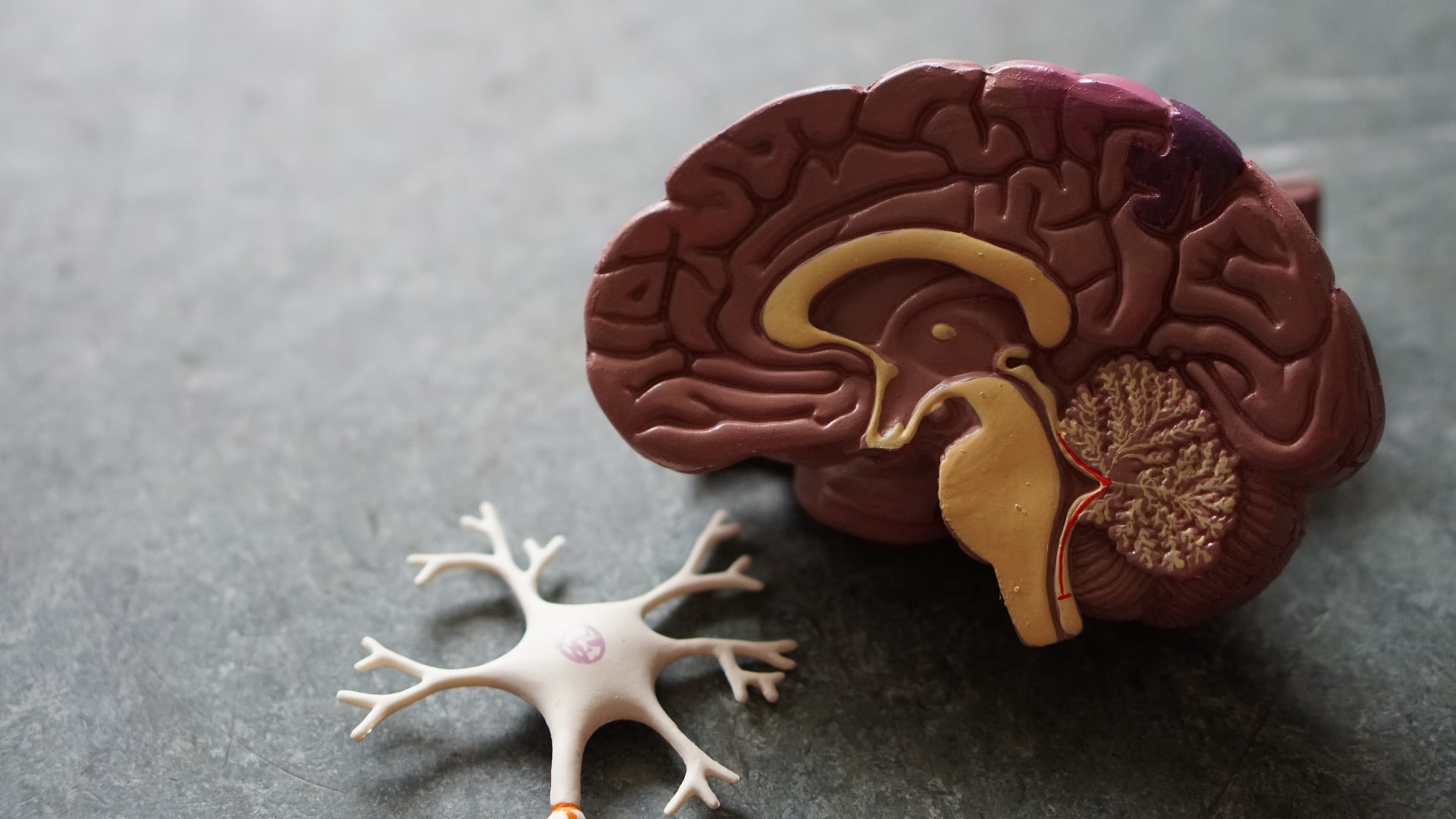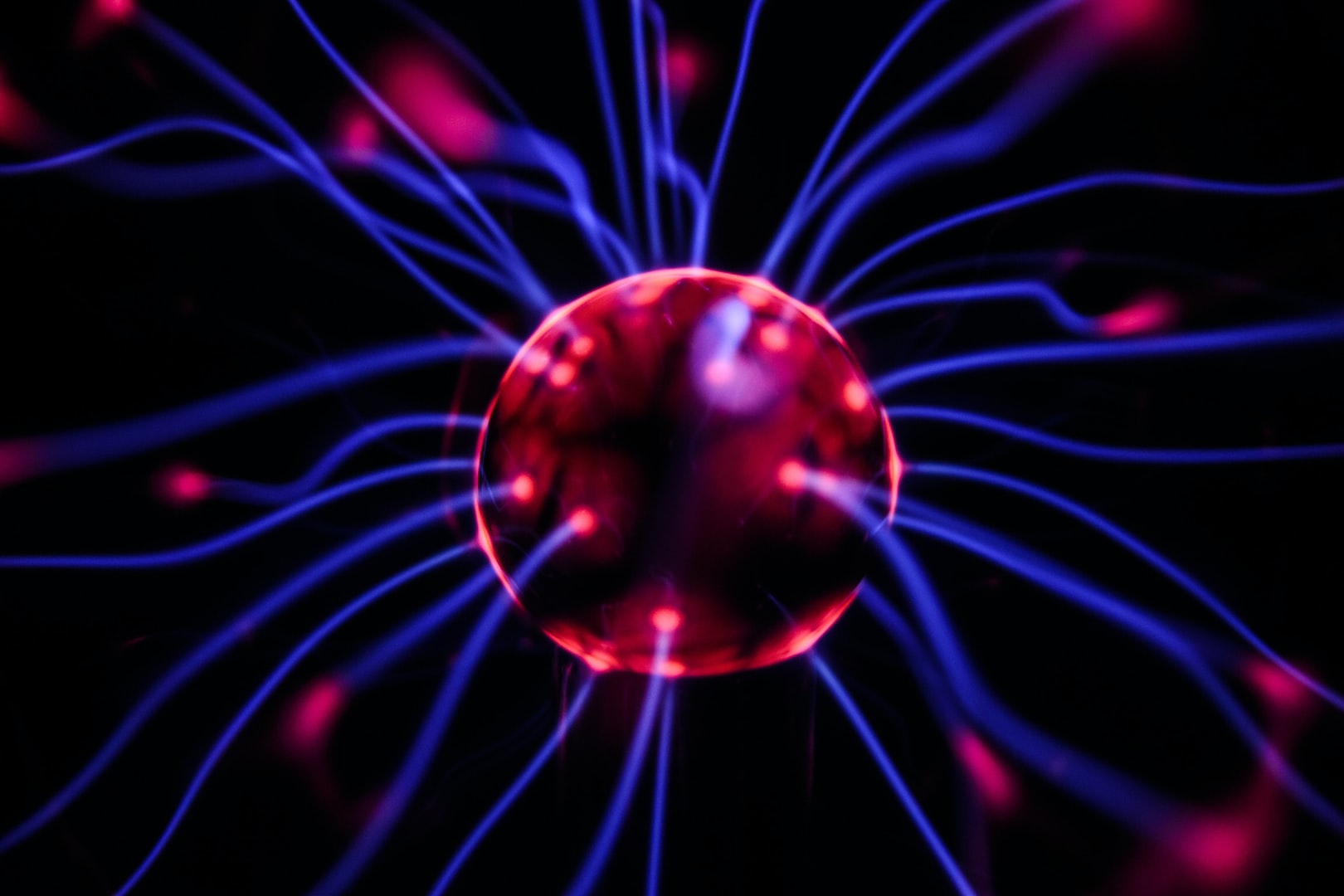How does EMDR treatment work?
When an upset is experienced, it can become locked in the nervous system with the original picture, sounds, thoughts, feelings, and body sensations. This upset is stored in the brain (and also the body) in an isolated memory network preventing learning from taking place. Old material just keeps getting triggered over & over again and you end up feeling “stuck” emotionally. In another part of your brain, in a separate network, is most of the information you need to resolve the upset. It’s just prevented from linking up to the old stuff. Once processing starts with EMDR, the 2 networks can link up. New information can then come to mind to resolve the old problems.
How does the overall treatment with EMDR look?
EMDR focuses first on the past, second on the present and third on the future. The past is focused on first because it is the past unresolved pain (whether it is childhood or the more recent past) which is causing pain in the present. Dealing with the past is therefore going to the root of the problem. For example, if a client comes in with depression and she has a history of being depressed since a death in her family, we would focus on the time around the death first because it is the root of the depression.
Once the past pain has been cleared, most of the present symptom picture will also be cleared. If anything is left unresolved in the present, it is attended to next.
Then comes preparation for the future. Many people have fears about healing … how their life will change, how they will function with their new perspective on the world, etc. “Future” work is about being prepared.




